2025 Top 10 PVC Doors: Durable, Stylish, and Eco-Friendly Choices for Every Home
As homeowners increasingly seek solutions that combine durability, style, and sustainability, PVC doors have emerged as a preferred choice in modern architecture. According to a report from the Global PVC Doors Market Analysis, the demand for PVC doors is projected to grow at a CAGR of 5.7% from 2023 to 2028, driven by their energy efficiency and low maintenance requirements. Expert in the field, Dr. Sarah Mitchell, a leading materials scientist, notes, “The innovation in PVC doors not only enhances aesthetic appeal but also significantly contributes to energy conservation in residential buildings.”
In 2025, the top 10 PVC doors will exemplify this blend of functionality and design, catering to varied tastes and needs of homeowners. These doors are not only available in countless styles and finishes but also underscore a commitment to environmental responsibility, with many products being made from recycled materials. Industry reports highlight that homeowners are increasingly prioritizing eco-friendly choices, with around 70% stating they would choose sustainable materials if given the option—a trend that solidifies the position of PVC doors in the marketplace.
As we delve into the top 5 PVC doors for 2025, it becomes evident that these products represent the forefront of innovation in home design, offering resilience, aesthetic versatility, and eco-conscious production methods.
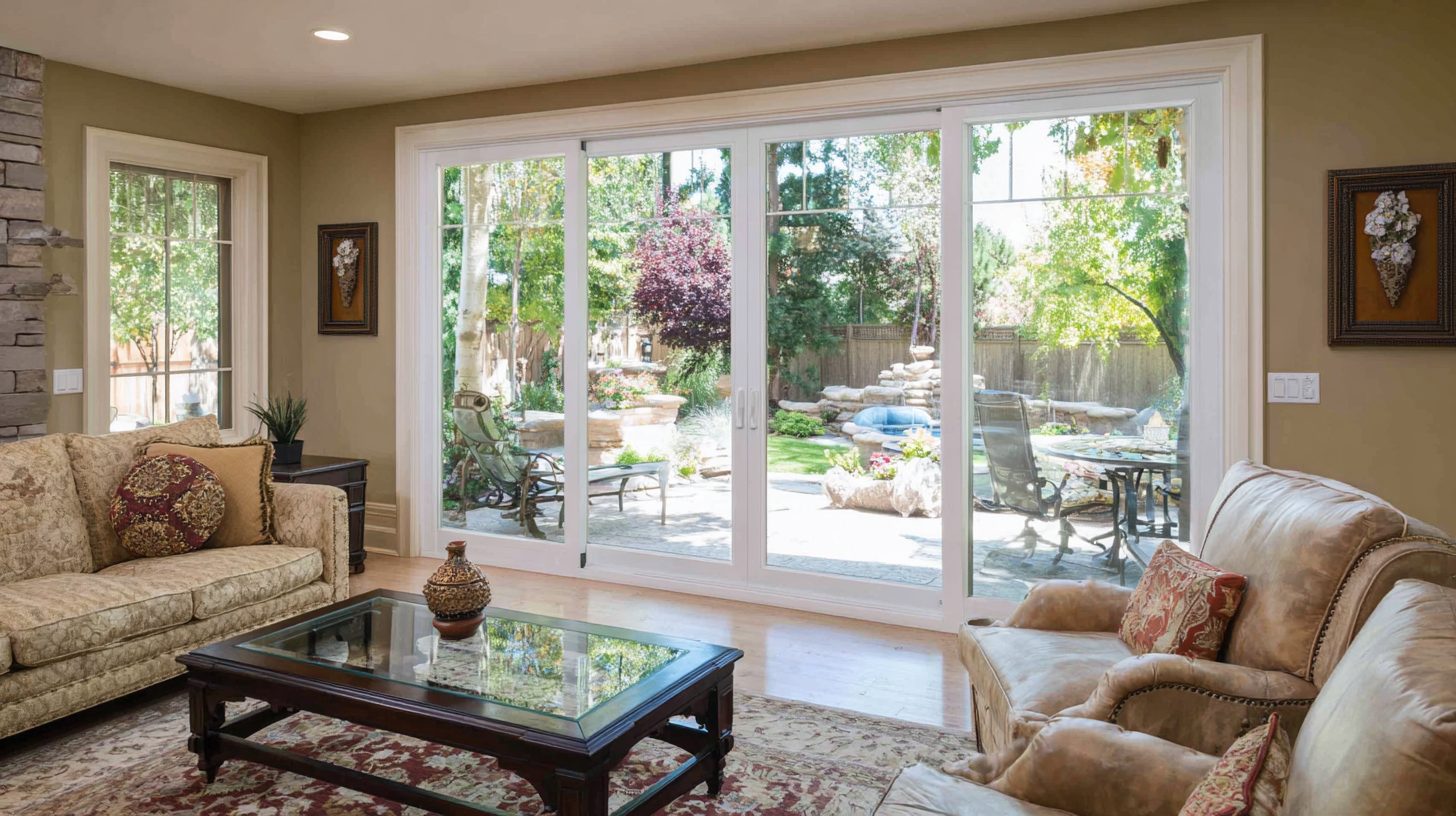
Top 10 Features to Look for in Durable PVC Doors
When selecting PVC doors for your home, there are several key features to consider that not only enhance durability but also ensure style and eco-friendliness. One of the foremost attributes is the door's weather resistance. According to a report from the European PVC Window Profile and Related Building Products (EPD), doors constructed with high-quality PVC can withstand extreme weather conditions while maintaining their structural integrity. Ensuring your door is rated highly for weather resistance can significantly extend its lifespan and improve energy efficiency.
Another crucial feature is the level of insulation that a PVC door offers. Data from the U.S. Department of Energy indicates that properly insulated doors can reduce heating and cooling costs by up to 20%. Look for multi-chambered profiles and high-density foam cores which can greatly enhance thermal performance. Additionally, consider the aesthetics; today’s PVC doors come in a range of styles and colors, allowing homeowners to find options that perfectly match their home’s design while still delivering on performance and sustainability.
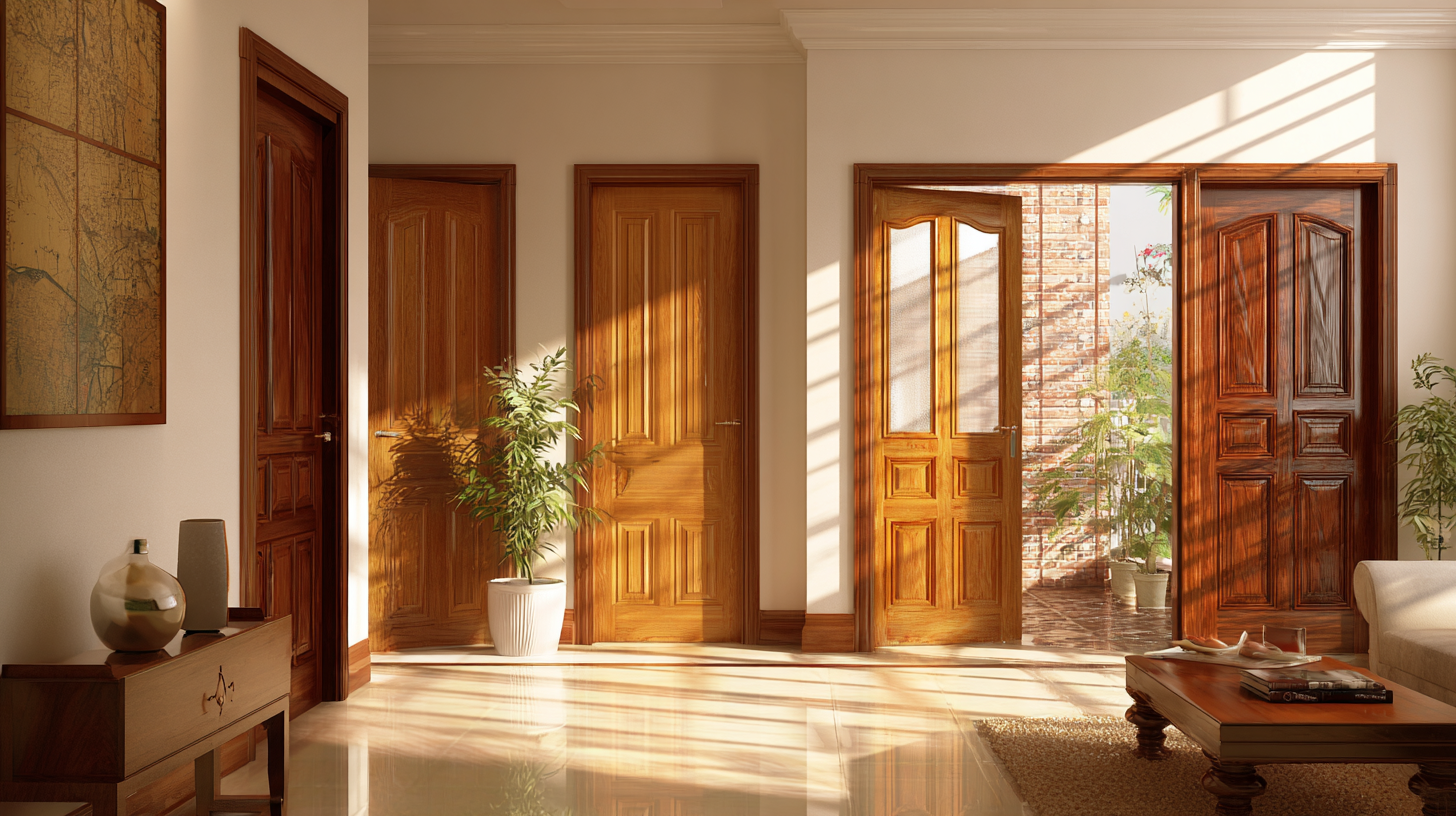
Stylish Designs That Elevate Your Home Aesthetics
PVC doors are becoming increasingly popular among homeowners, not only for their durability and eco-friendliness but also for their stylish designs that can elevate any space. With a wide range of colors, textures, and styles available, these doors can seamlessly blend with various architectural themes, from contemporary to classic. Their ability to mimic the look of wood while requiring minimal maintenance makes them an attractive choice for those looking to enhance their home's aesthetics without compromising on practicality.
When selecting PVC doors for your home, consider the overall design theme and color palette of your interior. Opting for a door with a unique texture or a bold color can serve as a stunning focal point in your entryway or kitchen. Additionally, incorporating glass panels can not only add elegance but also allow natural light to flow through, creating a more inviting atmosphere.
**Tips:** Enhance the aesthetics of your PVC doors by accessorizing them with stylish hardware. Choosing sleek handles and modern locks can create a cohesive and sophisticated look. Furthermore, consider adding a pop of greenery nearby, like potted plants or hanging planters, to create a welcoming and vibrant entryway that complements your stylish PVC doors.
Eco-Friendly Benefits of Choosing PVC Doors
Choosing PVC doors for your home not only enhances its aesthetic appeal but also contributes significantly to environmental sustainability. According to a report from the Vinyl Institute, PVC (polyvinyl chloride) is one of the most sustainable building materials available, as it can be recycled back into new products. The lifecycle of PVC doors offers a lower carbon footprint and reduces energy consumption when compared to traditional wood doors. In fact, the Energy Information Administration states that PVC production uses less energy and emits fewer greenhouse gases than alternatives like wood and metal.
When selecting PVC doors, consider options with certified sustainable manufacturing processes to further improve the eco-friendly benefits. Look for products that are certified by organizations such as the Forest Stewardship Council (FSC) or those that meet Energy Star standards. Choosing doors made from recycled materials not only reduces waste but often requires less energy throughout their lifecycle, making them a smart choice for environmentally conscious homeowners.
**Tips:**
- Always check for certifications when purchasing PVC doors to ensure they meet sustainable standards.
- Consider the insulation properties of PVC doors, as they can improve your home's energy efficiency, ultimately saving you money on your energy bills.
- Regular maintenance can prolong the life of your PVC doors, keeping them out of landfills and minimizing environmental impact.

Comparative Analysis: PVC Doors vs. Traditional Materials
When comparing PVC doors to traditional materials like timber or aluminum, several factors come into play, including durability, maintenance, and environmental impact. PVC, or polyvinyl chloride, is known for its exceptional flexibility and resistance to wear, making it an ideal choice for exterior applications. Unlike timber, which may warp or require frequent treatment, PVC doors maintain their shape and appearance over time, reducing the need for ongoing repairs and replacements.
Moreover, the eco-friendliness of PVC doors should not be overlooked. Advanced manufacturing processes now allow for the recycling of PVC materials, which mitigates waste and lessens environmental impact. In contrast, traditional materials often come with higher carbon footprints due to deforestation or resource extraction. Additionally, PVC’s performance in thermal insulation can lead to decreased energy costs and a reduced reliance on heating and cooling systems in homes, enhancing overall energy efficiency. Thus, when weighing the benefits of PVC doors against traditional options, homeowners will find that PVC provides a modern solution that aligns with both sustainability and long-term value.
2025 Top 10 PVC Doors vs. Traditional Materials: A Comparative Analysis
Maintenance Tips to Ensure Longevity of PVC Doors
When choosing PVC doors for your home, durability and eco-friendliness are key factors, but proper maintenance is essential to ensure their longevity. According to a report by the International PVC Association, well-maintained PVC doors can last over 25 years, considerably reducing the need for replacements and further minimizing environmental impact. By following straightforward care tips, homeowners can experience long-lasting performance from their PVC doors.
One crucial maintenance tip is regular cleaning. Using a mild detergent and warm water can effectively remove dirt and grime without damaging the door's surface. Avoid abrasive cleaners, as they can scratch the finish and lead to fading over time. It's recommended to clean the doors at least twice a year to keep them looking fresh and vibrant.
Another tip is to maintain the hardware and seals. Periodically inspect hinges and locks for proper functionality and apply lubricant as needed to prevent rust and sticking. Additionally, check the seals around the doors to ensure they are intact; damaged seals can lead to drafts and energy loss, compromising both comfort and efficiency. Investing a little time in these routine checks can extend the lifespan of your PVC doors significantly, proving their worth as a stylish and eco-friendly choice for any home.
2025 Top 10 PVC Doors: Durable, Stylish, and Eco-Friendly Choices for Every Home - Maintenance Tips to Ensure Longevity of PVC Doors
| Door Model | Material | Style | Eco-Friendly Rating | Estimated Price ($) | Maintenance Tips |
|---|---|---|---|---|---|
| Model A | PVC | Modern | A+ | 350 | Regularly clean with a damp cloth. |
| Model B | Recycled PVC | Traditional | A+ | 400 | Inspect seals and hinges quarterly. |
| Model C | Composite PVC | Contemporary | A | 300 | Use mild detergent for cleaning. |
| Model D | PVC | Rustic | A | 450 | Keep dry and free from debris. |
| Model E | Vinyl | Classic | B+ | 320 | Lubricate hinges once a year. |
| Model F | Fiberglass Reinforced PVC | Sleek | A+ | 550 | Check for scratches and repair as needed. |
| Model G | High-Quality PVC | Minimalist | A | 370 | Clean with a neutral pH cleaner. |
| Model H | Premium PVC | Art Deco | A+ | 600 | Inspect for UV damage periodically. |
| Model I | Wood-Look PVC | Classic | B | 420 | Avoid harsh chemicals during cleaning. |
| Model J | Foam-Filled PVC | Industrial | A | 500 | Ensure proper sealing for weather resistance. |
Related Posts
-
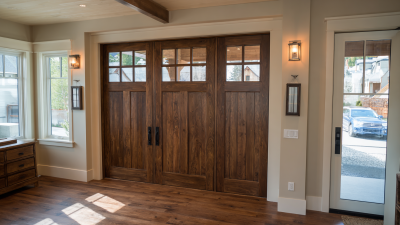
Transform Your Home with Budget Doors: Affordable Solutions for Every Style and Need
-
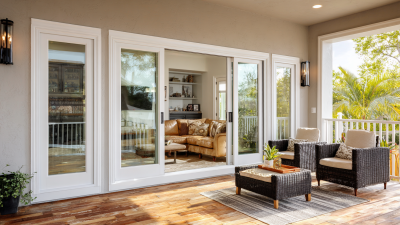
Exploring Upvc Sliding Doors Market Trends at 2025 China Import and Export Fair with Industry Growth Insights
-
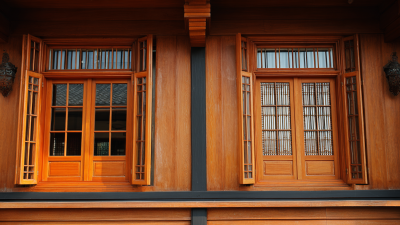
Exploring the Benefits of Energy-Efficient Wooden Windows and Doors for Sustainable Living
-
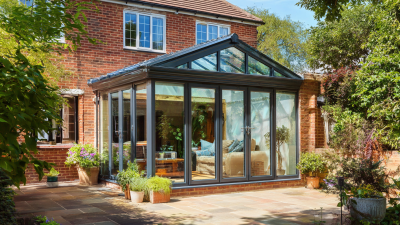
Transform Your Space with Stylish UPVC Conservatory Doors for Ultimate Home Comfort
-
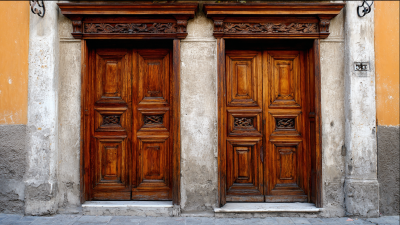
Exploring the Benefits of Choosing Wooden Windows and Doors for Your Home
-
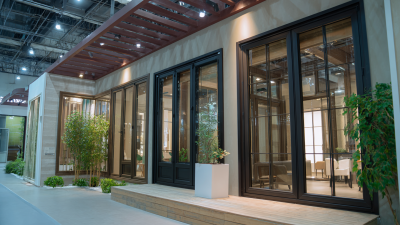
Innovative Trends in French Windows and Doors Showcased at 2025 China Import and Export Fair




